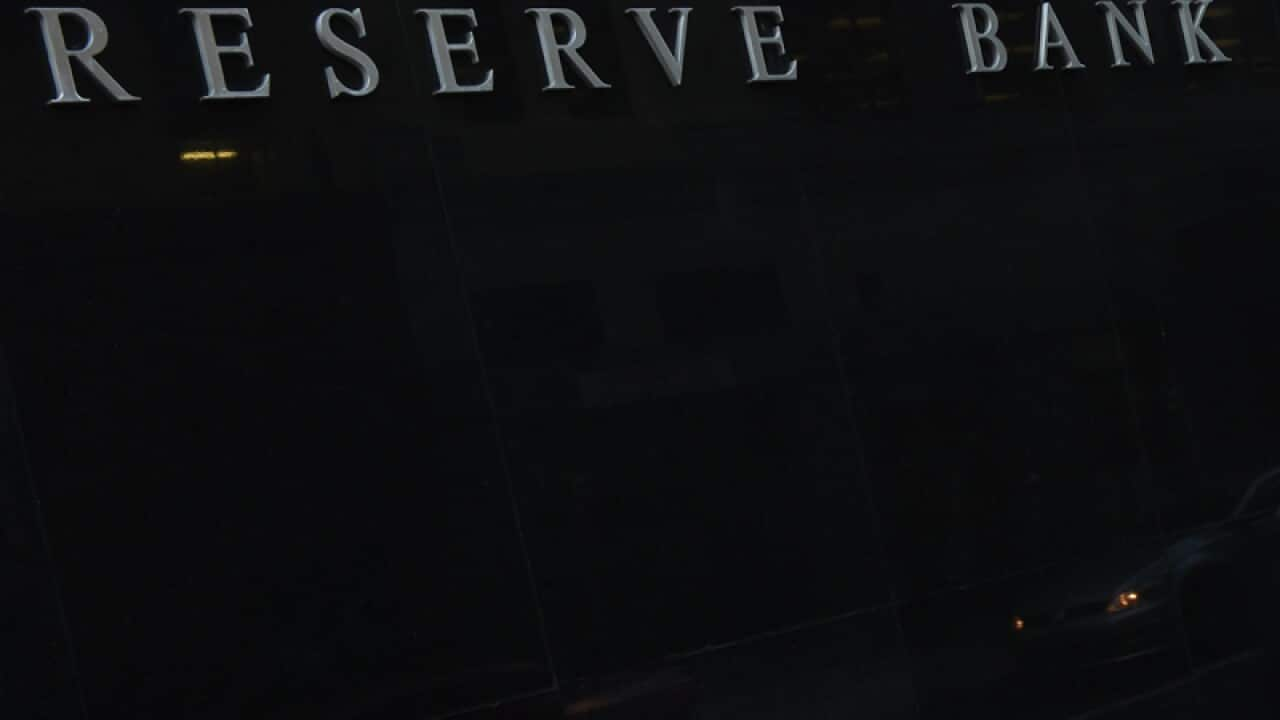For people struggling with day-to-day living pressures, news that prices are rising at their slowest rate in 17 years might come as a bit of a shock.
Whether the Reserve Bank is equally surprised and by enough to cut the official cash rate when its board meets next week is probably a 50/50 call at this stage.
The consumer price index rose just 0.4 per cent in the June quarter, dragging the annual rate down to just one per cent and well below the central bank's preferred two to three per cent inflation target band.
Underlying measures of inflation - which smooth out volatile price swings - while equally benign, were a fraction higher than economists predicted and caused financial markets to row back on their interest rate cut expectations.
These measures, which the Reserve Bank puts a greater focus on when making decisions on rates, averaged 0.45 per cent in the quarter for 1.5 per cent over the year.
"Firmer than expected underlying inflation means an August rate cut is more line-ball than we were anticipating but on balance we still anticipate a 25 basis point cut," Macquarie Research economist James McIntyre said.
This would take the cash rate to 1.5 per cent from an already record low of 1.75 per cent.
The central bank last cut the rate in May after the March quarter CPI figures.
Commonwealth Bank of Australia chief economist Michael Blythe says inflation is low "whichever way you cut" it, and suspects the RBA will probably cut the cash rate "through gritted teeth".
He says there is an argument further rate cuts may not help and just add fuel to the housing market.
"Central banks everywhere would like extra stimulus to come from lower currencies and more infrastructure spending - both are beyond the ability of the RBA to deliver," Mr Blythe said.
Among the most significant price rises in the quarter was a 5.9 per cent increase in petrol prices.
Food prices actually went backwards, declining 0.3 per cent in the quarter and falling 0.1 per cent over the year.
Australian Retailers Association chief Russell Zimmerman said with inflation running well below trend there has been evidence for some time that deflation has been occurring, particularly in the grocery sector.
"With grocery making up close to 50 per cent of total retail and indications of stronger competition from international players within other retail segments, we are seeing volumes increase while prices fall," Mr Zimmerman said,
While this was a win for the consumer, governments at all levels must be conscious of the cost pressures facing the retail sector.









